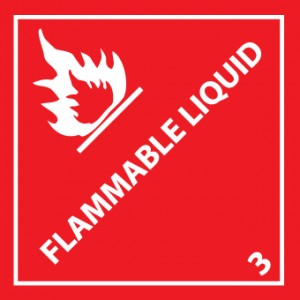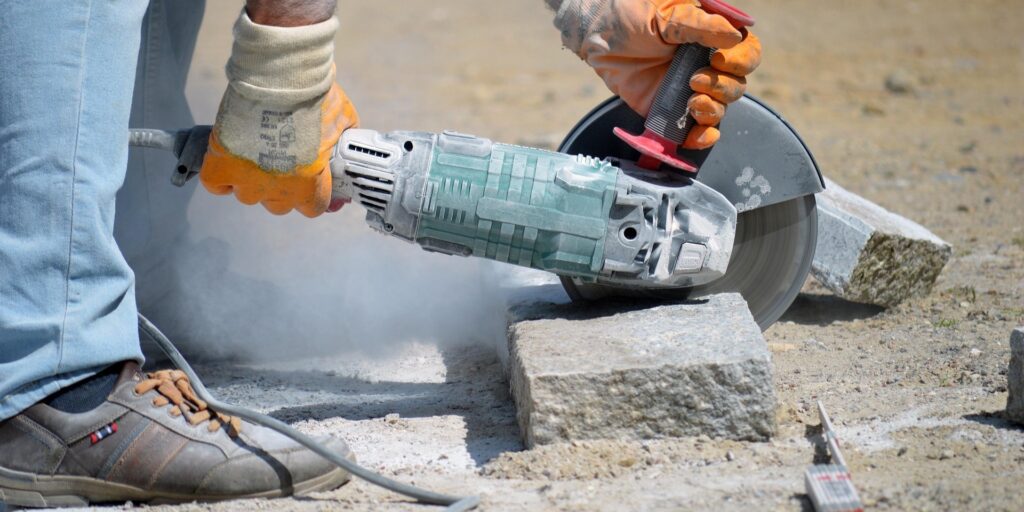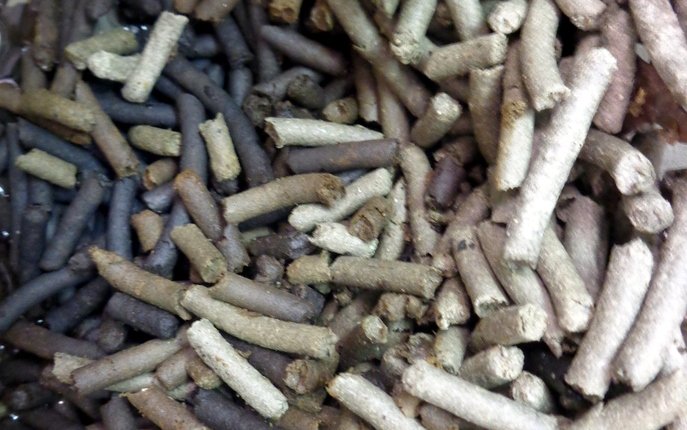 LCS Laboratory Inc. offers specialized testing services to measure both vapour density and the density of air saturated with solvent vapour. A frequent question we receive is: “What’s the difference between these two measurements?”
LCS Laboratory Inc. offers specialized testing services to measure both vapour density and the density of air saturated with solvent vapour. A frequent question we receive is: “What’s the difference between these two measurements?”
Understanding Vapour Density in Health and Safety
In health and safety applications, vapour density helps predict the behaviour of flammable vapours, particularly their tendency to accumulate near the ground or in confined spaces. Vapour density is a theoretical measure that indicates whether a vapour is heavier than air, providing critical insights for workplace safety.
Originally used for gases, vapour density compares the molecular mass of a vapour to the molecular mass of air (estimated at 29 g/mol). By dividing the molecular mass of a substance by that of air, we can determine its relative vapour density. For instance, toluene, with a molecular mass of 92 g/mol, has a vapour density relative to air of 3.2, meaning toluene vapour is about three times heavier than air and likely to settle near the ground.
For complex mixtures, calculating an effective molecular weight is essential to obtain an accurate vapour density. However, while vapour density provides useful information, it doesn’t account for the concentration of the vapour in air, which can be misleading in assessing actual risk.
The Importance of Measuring Saturated Air Density
Saturated air density measures the density of air saturated with a solvent’s vapour. In this method, air is fully saturated with the solvent vapour, and its density is measured relative to dry, clean air. This measurement provides a realistic assessment of whether a vapour will accumulate in a given space. Saturated air density becomes particularly important for semi-volatile substances, where vapour density alone may not accurately predict accumulation behaviour.
Consider the example of mercury:
- Vapour Density of mercury is 6.9, suggesting that mercury vapour is much heavier than air and could accumulate along the floor.
- However, Saturated Air Density for mercury vapour is 1.00, as its vapour concentration is low, meaning that excessive accumulation at floor level is unlikely.
Partner with LCS Laboratory for Reliable Vapour Density Testing
For accurate and reliable testing of vapour density or saturated air density, trust LCS Laboratory Inc. We offer precise testing tailored for Safety Data Sheet (SDS) preparation and other health and safety applications. To learn more about our testing services or for assistance with vapour testing, please email us today or visit our SDS testing page.











